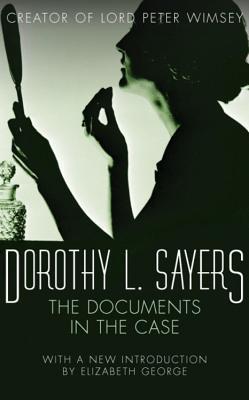 Welcome to British Isles Friday! British Isles Friday is a weekly event for sharing all things British and Irish - reviews, photos, opinions, trip reports, guides, links, resources, personal stories, interviews, and research posts. Join us each Friday to link your British and Irish themed content and to see what others have to share. The link list is at the bottom of this post. Pour a cup of tea or lift a pint and join our link party!
Welcome to British Isles Friday! British Isles Friday is a weekly event for sharing all things British and Irish - reviews, photos, opinions, trip reports, guides, links, resources, personal stories, interviews, and research posts. Join us each Friday to link your British and Irish themed content and to see what others have to share. The link list is at the bottom of this post. Pour a cup of tea or lift a pint and join our link party!
Last week, I learned about the Edith Thompson and Frederick Bywaters case, a 100-year-old murder that was a sensation in 1922 England, from two documentaries. Tina enjoyed a jigsaw puzzle featuring Jane Austen book covers and the book Daisy Darker by Alice Feeney set in Cornwall.
Book: The Documents in the Case by Dorothy L. Sayers and Robert Eustace
Genre: Mystery
Publisher: New English Library
Publication date: 1930
Pages: 260
Source: Paperback borrowed from a neighboring library

The story begins in a household of five people. Mr. Harrison owns the house and shares it with his much younger wife. Miss Milsom is a paid companion for Mrs. Harrison. Two young men are taking up residence as lodgers. Mr. Lathom paints portraits. Mr. Munting is a writer.
Miss Milsom writes letters about once a week to her sister. Mr. Munting writes to his fiancée at least that often. Mr. Harrison writes to his adult son, from his first marriage, occasionally.
Paul Harrison, the son, compiled these documents and they include some explanatory notes, including the cover letter at the beginning of the book that sets the stakes. "You will realise that it is of vital importance to me to have the matter fully investigated." (p. 1) That's the statement that makes the reader curious enough to wade through the first several letters that seem to do little but set up a fairly typical suburban London life of the late 1920s.
Thoughts: I'm a sucker for novels told through documents (see Code Name Verity, The Guernsey Literary and Potato Peel Society, and The Rise and Fall of D.O.D.O.). Those are all newer books, so it was fun to realize that Dorothy L. Sayers, with Robert Eustace, did it for publication in 1930.
I also enjoyed watching for parallels between this novel and the real-life murder of Percy Thompson that I wrote about last week, even if knowing that this novel was inspired by that case was a little spoilery. I suspect that the readers in 1930 were well aware of the connection, so I was no more spoiled for the plot than they were.
I was a little disappointed in the female characters in the novel. By all accounts, the real Edith Thompson was good at business. The letters that were her downfall were considered to be well-written. So, I was surprised that the only clever woman in The Documents in the Case was Mr. Munting's fiancée and her role in the novel is small. Dorothy L. Sayers gave us Harriet Vane, so I think she could have given us a less silly version of Edith Thompson.
According to Wikipedia, Robert Eustace, the named co-author of this novel, was actually Dr. Eustace Barton. Dr. Barton was a physician when he wasn't writing crime fiction. The last half of this book clearly had expert handling of details about the human body and the things that can cause harm to it.
I don't devour books in the way that I did when I was younger, but this came pretty close - consumed over a relaxed weekend.

Challenges: Participants of the Historical Fiction Reading Challenge will enjoy the late 1920s setting, between the wars, when domestic dramas took place on small stages. I liked learning a little about the state of the publishing industry and the London art scene.
Have you read The Documents in the Case? What did you think?


About Joy Weese Moll
a librarian writing about books
